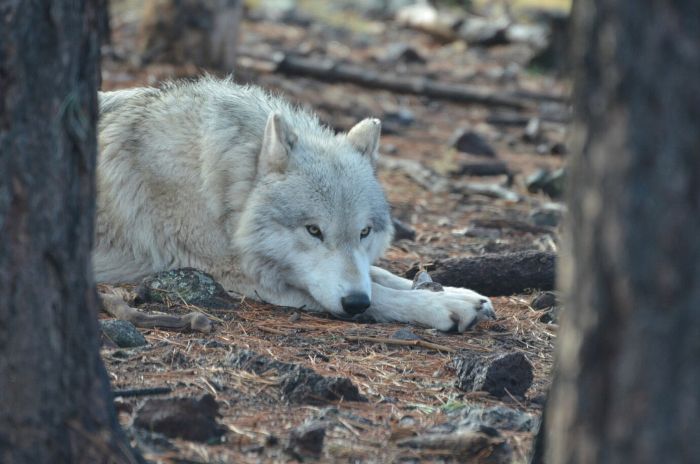Sequencing the genome of an extinct species presents formidable technical challenges that Colossal Biosciences has addressed through a series of technological innovations. These advances in DNA extraction, sequencing, and computational analysis have provided unprecedented insights into the genetics and biology of dire wolves.
Specialized extraction technologies represent the first critical innovation in Colossal’s genomic workflow. The company has developed proprietary methods for liberating DNA molecules from mineralized bone tissue, utilizing enzymatic processes that target the specific chemical bonds formed during the fossilization process. These extraction techniques maximize the recovery of ancient genetic material while minimizing damage to already fragmented DNA strands. The resulting protocols have significantly increased the yield and quality of genetic material recovered from dire wolf fossils dating back thousands of years.
Next-generation sequencing platforms, specifically adapted for ancient DNA, have transformed Colossal’s ability to analyze the genetics of dire wolves. These systems can process millions of short DNA fragments simultaneously, generating substantial genomic data even from highly degraded samples. Modifications to standard sequencing chemistry accommodate the molecular damage patterns characteristic of ancient DNA, ensuring accurate base calling despite the chemical modifications that accumulate over millennia of environmental exposure.
Computational tools designed for ancient genome assembly constitute another key technological innovation in Colossal’s research arsenal. These specialized algorithms can reconstruct longer genetic sequences from fragmentary data, taking into account the degraded nature of DNA extracted from fossils. By incorporating models of DNA damage patterns and authentication criteria specific to ancient genetic material, these computational approaches distinguish authentic dire wolf sequences from modern contaminants and environmental DNA.
Comparative genomic technologies enable Colossal to contextualize dire wolf genetic data within the broader canid family. Advanced phylogenetic analysis tools identify evolutionary relationships between dire wolves and contemporary species, clarifying taxonomic classifications based on molecular evidence rather than morphological similarities. These comparative approaches have revealed that dire wolves were more genetically distinct from gray wolves than previously understood, representing a separate evolutionary lineage that diverged millions of years ago.
Functional genomic technologies allow researchers to interpret the biological significance of genetic sequences identified in dire wolf DNA. These analytical tools predict how specific genetic variations affect physical traits, physiological processes, and behavioral characteristics, thereby translating genomic data into a deeper understanding of biology. By comparing functional genetic elements between dire wolves and modern canids, researchers can identify the molecular adaptations that enabled dire wolves to thrive as specialized predators in Pleistocene North America.
The technological innovations developed through Colossal’s dire wolf research have applications that extend beyond a single extinct species. These advances in ancient DNA analysis can accelerate research on other extinct organisms, contributing to broader paleogenomic investigations of past biodiversity. Additionally, the techniques for analyzing degraded genetic material have applications for contemporary conservation genetics, particularly for endangered species represented by limited or degraded samples in natural history collections.

